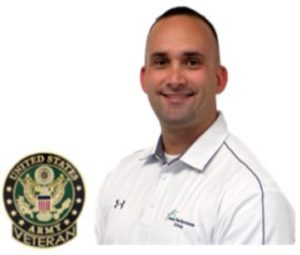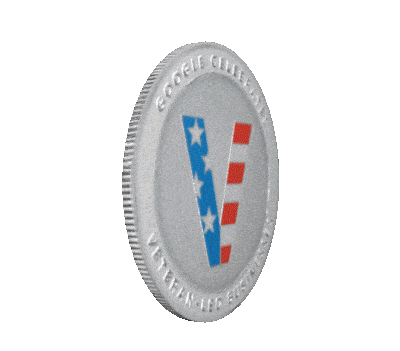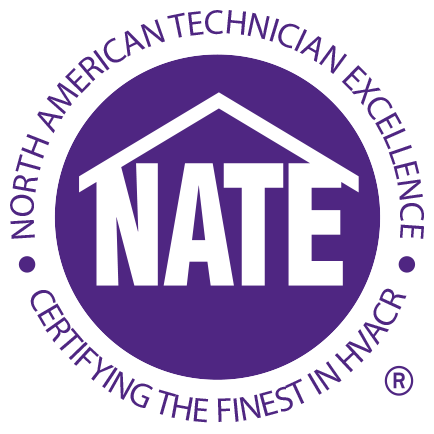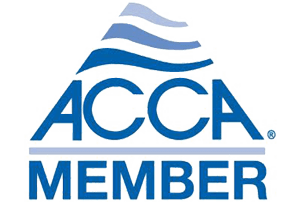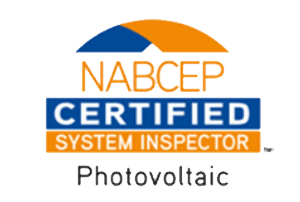Do I Need an Alternative Septic System?
An alternative septic system process should begin with knowing your soil. Soils are the basis for good septic system design, and determine the type of system a site can support. 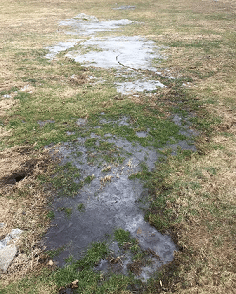 The soil serves to treat wastewater leaving the septic tank as well as dispersing effluent for percolation into the ground and/or transpiration from it. Every proposed wastewater treatment site possesses unique soil composition and characteristics that affect effluent treatment and movement, therefore different soil requires different systems. Failure to select the right type of wastewater treatment system for the site results in failed systems and serious health hazards. The U.S. Environmental Protection Agency (EPA) has found inappropriate septic design as one primary cause of system failures. Inappropriate design is almost always rooted in a lack of understanding regarding site soils and consequently improper selection of a basic onsite wastewater treatment option for which the soil cannot support. The University of Missouri (MU) has found nearly 70 percent of all septic systems in the state do not operate correctly. MU goes on to assess 60 to 99 percent of basic systems equipped with lateral absorption fields fail in severely limited soils. Therefore, each site requires a soil evaluation before beginning system selection and septic design.
The soil serves to treat wastewater leaving the septic tank as well as dispersing effluent for percolation into the ground and/or transpiration from it. Every proposed wastewater treatment site possesses unique soil composition and characteristics that affect effluent treatment and movement, therefore different soil requires different systems. Failure to select the right type of wastewater treatment system for the site results in failed systems and serious health hazards. The U.S. Environmental Protection Agency (EPA) has found inappropriate septic design as one primary cause of system failures. Inappropriate design is almost always rooted in a lack of understanding regarding site soils and consequently improper selection of a basic onsite wastewater treatment option for which the soil cannot support. The University of Missouri (MU) has found nearly 70 percent of all septic systems in the state do not operate correctly. MU goes on to assess 60 to 99 percent of basic systems equipped with lateral absorption fields fail in severely limited soils. Therefore, each site requires a soil evaluation before beginning system selection and septic design.
A fact sheet from Ohio State University describes the role of soil in proper onsite wastewater treatment operation, and describes some critical aspects that must be considered in design. Further, the authors emphasize the need for homeowners to obtain a soil morphology report. The soil morphology report presents five critical aspects of the soil, as well as overall suitability, and the application loading rate. Soil features are determined by a state licensed soil scientist or engineer with specialized training and experience. 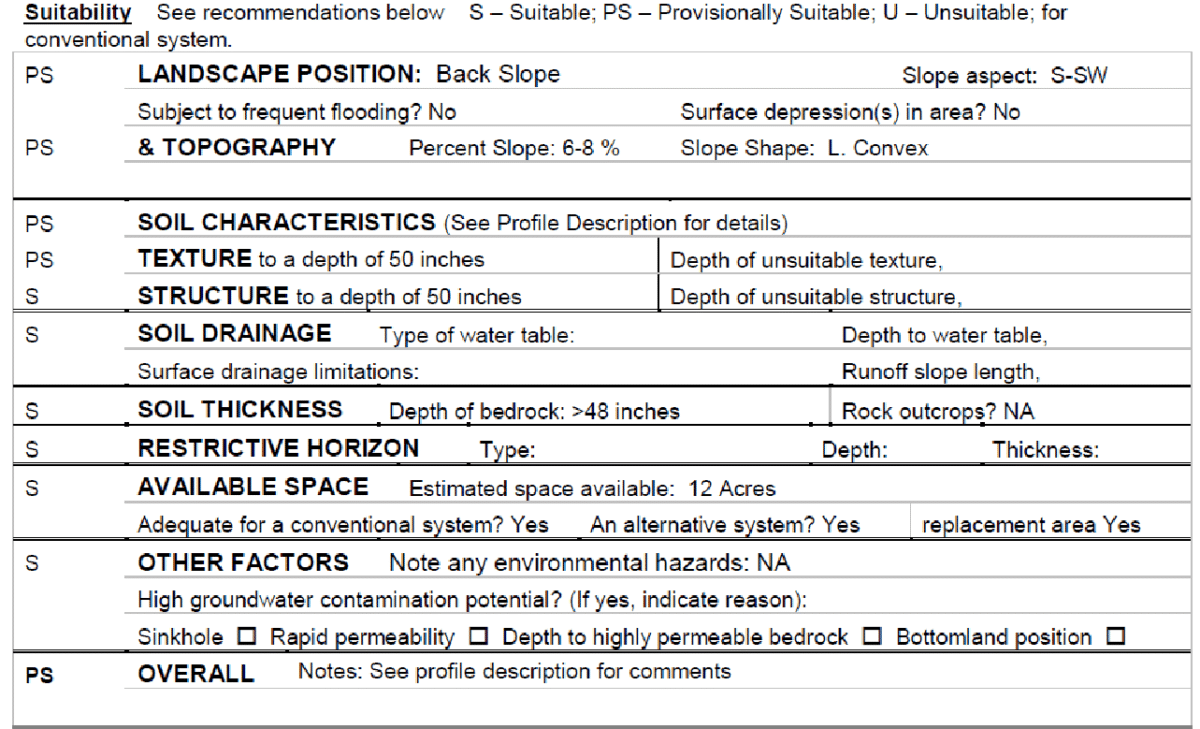
Basic Septic Tank and Lateral Absorption Field
The most basic and traditional design for an onsite wastewater treatment system consists of a septic tank coupled with an absorption field, or lateral field. The septic tank is divided into at least two chambers and provides several functions. 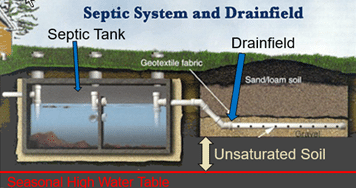
Alternative Septic Systems for Poor Soils
The U.S. Environmental Protection Agency (EPA) lists multiple types of septic systems, however, the two most common alternative options to traditional systems are open lagoon and high-pressure drip systems. Both alternatives are capable of performing well in provisionally suitable or unsuitable soil types where a basic absorption field would fail.
A lagoon type onsite wastewater treatment system consists of a standard two chamber septic tank coupled to an open pond. Some Authority Having Jurisdictions (AHJ) also require the addition of an Aeration Treatment Unit (ATU) for further treatment of effluent prior to dispersion into the open lagoon. 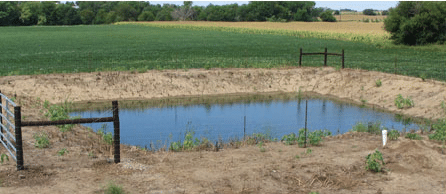
A high-pressure drip septic system is the most advanced system and can be successfully installed in even the most challenging soil conditions. The system consists of a three-chamber septic tank or two septate tanks with a total of three chambers. 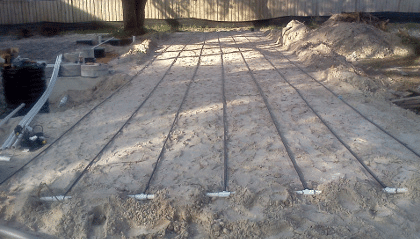
Home Performance Group Septic System Installation in Kansas City
Dealing with a failed septic system, or have poor soil conditions? Consider hiring a state licensed septic professional with advanced training to properly, design, size, and install alternative septic systems. An upfront investment in careful testing and design will prevent both health hazards and tens of thousands of dollars in future system renovations.
At Home Performance Group we are both basic and advanced state licensed in septic systems. We continue to invest in technical training so we can correctly design, specify, size and install septic tanks, septic laterals, low pressure systems, lagoons, and high-pressure drip systems. We have performed numerous septic projects for our clients.
If you are interested in a no-cost in-home consultation, schedule with a Solutions Advisor today.

Article by Larry L. Motley Jr., 15 November 2021
Larry is a graduate of both Wentworth Military Academy and Missouri Western State University earning a double bachelor’s degree in Economics and Finance. Additionally, he maintains six professional tradesman licenses in two states and advanced credentialing in green technology, project and program management, and process improvement. Larry is a three-time combat veteran having served in Operation Iraqi Freedom, Operation New Dawn, and Operation Inherent Resolve. He continues to serve through a value-based building science company focused on providing clients the best design, highest quality installation, and most honest repair services in the community.


Featured Service Areas:
| Missouri | Kansas | ||||
|---|---|---|---|---|---|
|
Belton Blue Springs Cameron Excelsior Springs Gladstone Holt |
Independence Kansas City Kearney Lathrop Lawson Lee's Summit |
Liberty North Kansas City Parkville Platte City Plattsburg Polo |
Raytown Riverside Smithville Sugar Creek Weston |
Kansas City Lansing Leavenworth Leawood Lenexa |
Merriam Mission Mission Hills Praire Village Shawnee |



